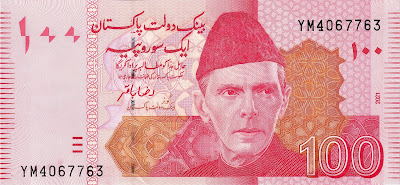The official currency of Nepal is the Nepalese Rupee (NPR), abbreviated as "रू" in Nepali script and commonly denoted as "Rs" or "NPR" in currency exchanges. The Nepalese Rupee has a rich history intertwined with Nepal's cultural heritage and economic development.
The origin of the Nepalese Rupee can be traced back to the early 20th century when Nepal was ruled by the Rana dynasty. During this period, the currency system in Nepal was characterized by a variety of coins and banknotes issued by different authorities, including the ruling monarchs and regional governors.
In 1932, the first official currency system was established with the introduction of the Nepalese Rupee, replacing the previous currency known as the Mohar. This marked a significant milestone in Nepal's monetary history, providing a standardized currency for domestic and international trade.
The Nepalese Rupee is subdivided into smaller units called paisa, although paisa denominations are rarely used in practice due to inflation and the low value of the currency. Banknotes and coins depict national symbols, historical figures, and cultural landmarks, reflecting Nepal's diverse heritage and identity.
In the market, the value of the Nepalese Rupee fluctuates based on various factors, including economic conditions, government policies, and global market trends. As of recent data, the exchange rate stands at approximately 120 NPR per 1 USD, indicating a relatively stable value compared to other currencies in the region.
Despite its stability, the Nepalese Rupee faces challenges such as inflation and dependency on remittances from Nepalese workers abroad. However, it remains an essential element of Nepal's economy, facilitating domestic transactions and contributing to the country's economic growth and development.
As Nepal continues to pursue economic reforms and modernization, the Nepalese Rupee will likely play a central role in shaping the country's future economic trajectory. Its value in the market will be influenced by a combination of domestic policies, global economic conditions, and the resilience of Nepal's economy in the face of challenges and opportunities.

.jpeg)
.jpeg)
.jpg)
.jpg)
.jpg)
.jpg)
No hay comentarios:
Publicar un comentario